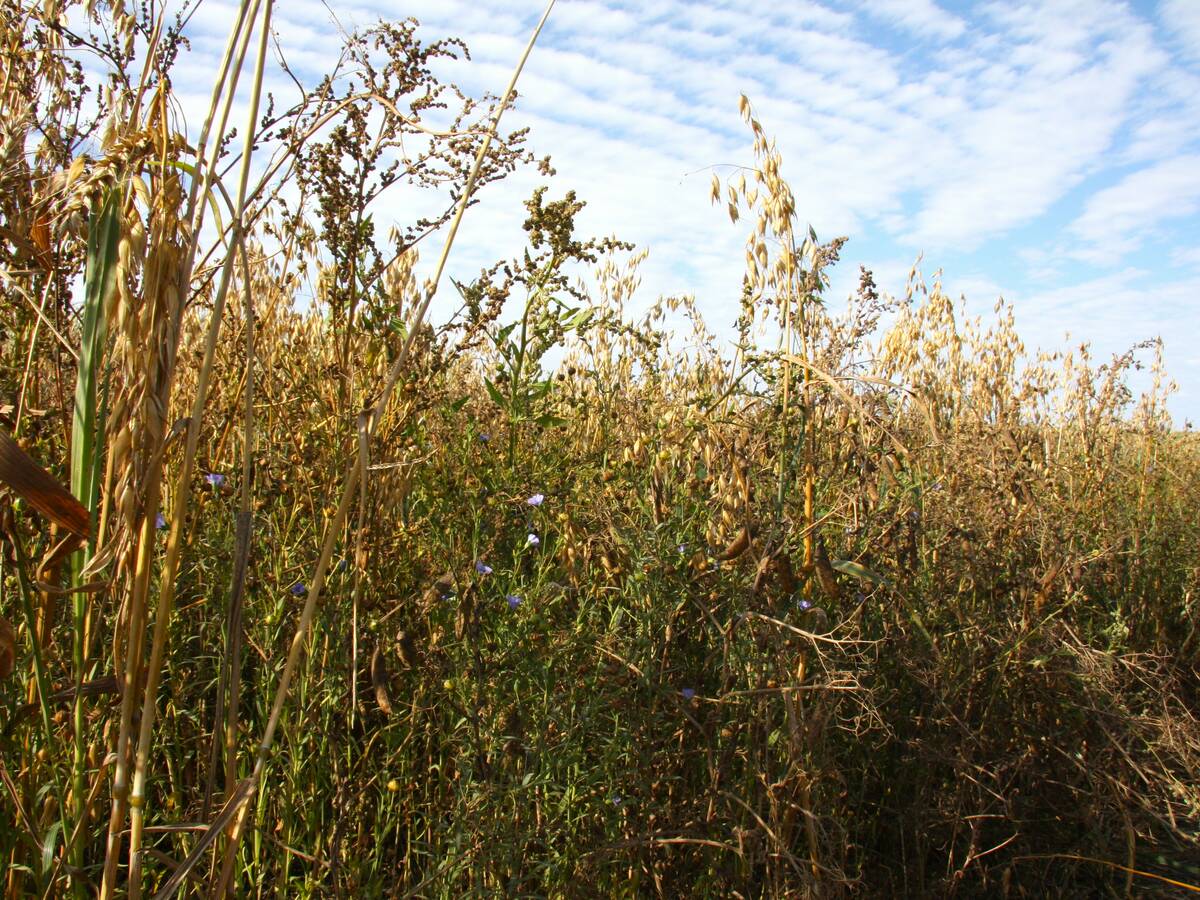Anew report that lays out a road map for restoring the health status of Canadians while reviving the nation’s ailing agri-food sector points Manitoba in a direction it is already headed, the executive director of the Manitoba Agri-Food Health Research Network (MAHRN) says.
That’s how Lee Anne Murphy reads the newly released Canadian Agri-Food Policy Institute (CAPI)’s Agri-Food Destinationreport, a followup to its 2009 document which proposed a closer integration between health and agri-food strategy.
Murphy said she’s once again struck by how similar CAPI’s vision is to MAHRN’s action plan.
Read Also

PepsiCo nearly doubles regenerative scope
Another 240,000 farm acres managed through regenerative agriculture will be supported by PepsiCo across Manitoba and Saskatchewan by the end of 2025.
TheAgri-Food Destination report, released this month contains a series of proposed national strategies towards increasing Canadian agricultural production while emphasizing food and health policies to support healthier food choices and advancing a Canadian food brand.
CANADIAN DIET
MAHRN, a group of research and food commercialization institutions in Manitoba, has already laid the groundwork for what it calls a Canadian Climate Advantage Diet, an assessment of clinical data established by the Manitoba research community for five Manitoba-grown commercial crops that may offer distinct health advantages to the human diet, notes Murphy.
The coalition is already at work to strengthen links between food and health, and shift consumer preferences to healthier homegrown foods, Murphy said.
“I take it (the CAPI report) as some validation that the actions we’re currently taking is really in step with where the broader cross section of the industry believes we need to get to,” she said.
“It just feeds our belief that Manitoba is a leader in Canada in actually doing this, rather than just sort of discussing it.”
KEY ROLE
CAPI’s 2009 report challenged Canadian agriculture to play a key role in meeting the country’s diet-related health crisis by becoming more responsive to the health needs of Canadians.
This new report reasserts that point, with calls for adopting a new innovation model and reforming government support programs.
“Canadians can regain control of their health; food will play a role,” the report states and “Canada can also become a model for improving the nutritional quality of its food and ingredients.”
To that end,Agri-Food Destinationproposes, among other things, the formation of a new partnership between industry, government and the health community coined as a Centre for Good Food Citizenship “to inspire, engage and inform stakeholders on good food opportunities and practices.”
HEALTHY CHOICES
Its role would be to support healthy food choices while at the same time advancing a healthy Canadian food brand, the report says.
It wants to spur more of the collaborations it cites in its report,
from Cargill’s launch of a zero trans fat canola oil, to work underway in Winnipeg to create nutritious products made with flaxseed and ventures that buy food direct from local farmers.
Among other activities of a Centre for Good Food Citizenship, the CAPI report suggests it could work to address regulatory issues inhibiting marketplace innovation, support collaboration between research priorities and help develop what the report calls unique good food plans.
“In short, the centre can become a catalyst to develop good food plans across and within food systems,” the report states.
Murphy said she does question this call for creating yet more infrastructure or to make that happen.
CAUTION
“My only caution is the call in here for yet another layer of organization to spur innovation,” she said. “We don’t need to build new. We need to use what we’ve got better.”
She said it also strikes her that consumers remain a target rather than a participant in all of this. And they are as much stakeholders in all of this as are farmers, industry and government, and if they are not engaged in this “no matter what we say won’t matter,” she said.
“I think there’s still a sense at the policy level that the consumer may not be the active participant,” she said. “We still within agriculture don’t know how to include the consumer, and at what stage, in our conversation.”
———
“Westillwithinagriculturedon’tknow howtoincludetheconsumer,andat whatstage,inourconversation.”
– LEE ANNE MURPHY, EXECUTIVE DIRECTOR MANITOBA AGRI-FOOD HEALTH RESEARCH NETWORK (MAHRN)















